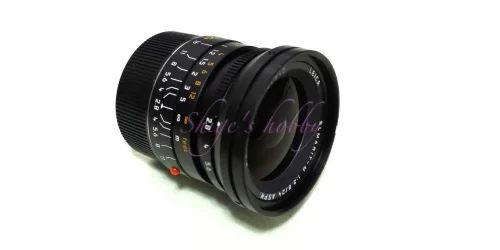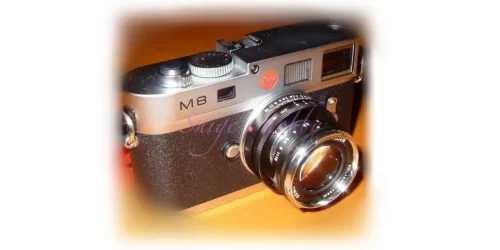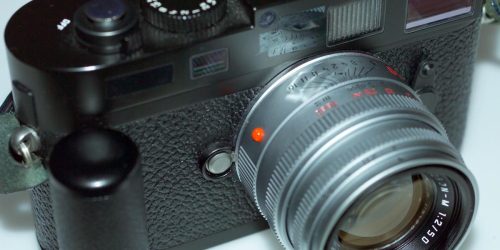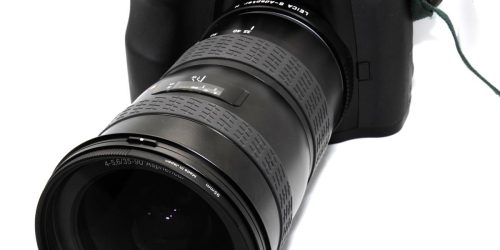Voigtlander NOKTON 35mm F1.2 Aspherical
Voigtlander Nokton 35mm F1.2 (first generation) review and photo examples
Table of contents
Gallery
- The photo examples were taken with HEXAR RF +KODAK PKR64.
Review
Nokton VM 35mm F1.2 is a Cosina Voigtlander M-mount wide-angle lens released in 2003.
It debuted as the fastest lens for 35mm format, and is still one of the brightest lenses, along with Sigma’s 35mm F1.2 for mirrorless cameras.
Since the lens has a large barrel, it was a little difficult to use, as the viewfinder frame would get kicked around. However, as it is a brighter and cheaper lens than the Summilux, it has been useful for a long time with the Epson R-D1, Leica M8, and HEXAR-RF.
The depiction is compatible with Kodachrome, and you can enjoy delicate depiction and bold bokeh. The background bokeh may be a little blurry, but it can’t be helped since it’s a large aperture lens.
I purchased the lens relatively soon after it was released and used it with the EPSON R-D1. I purchased a Leica M8, and when I tried to attach the lens to the camera, I encountered a problem where it wouldn’t fit properly. When I consulted with Cosina, they told me that it could not be installed because the wall in front of the sensor, which houses a sensor smaller than the 35mm format of the Leica M8, would interfere with the guard on the rear lens element. I sent it to Cosina and they fixed the rear end of the lens for a fee.
This is an interesting coincidence since the genuine Leica Summilux 35mm F1.4 had a similar problem. I asked Leica to modify the Summilux 35mm.
As of 2024, there won’t be many people using this lens on the Leica M8. Therefore, I think this problem is unlikely to occur. I think it’s good to know that the rear lens of the first-generation Nokton 35mm F1.2 may come into contact with the M8’s sensor wall, depending on when the lens was manufactured. If it does not fit properly, be careful not to force it to attach as it may damage the lens and camera.
The first and second generation Nokton 35mm F1.2 have the same lens configuration, and the third generation and Sony E model have the same lens configuration. The PDF distributed by Cosina clearly states that the front glass of the second generation is anomalous dispersion glass, and although the lens shape appears to be the same as the first generation, the material may have been changed. I used the second generation a little bit, but I didn’t notice any noticeable difference. The lens configuration of the third generation has changed, so I’m interested to see if the depiction will change, but I have no plans to compare at the moment.
There are also lenses with the same name for Nikon Z and Fujifilm X. The Nokton 35mm F1.2 for these two manufacturers is a lens for APS-C sensors, and is a different lens from the lens introduced here.
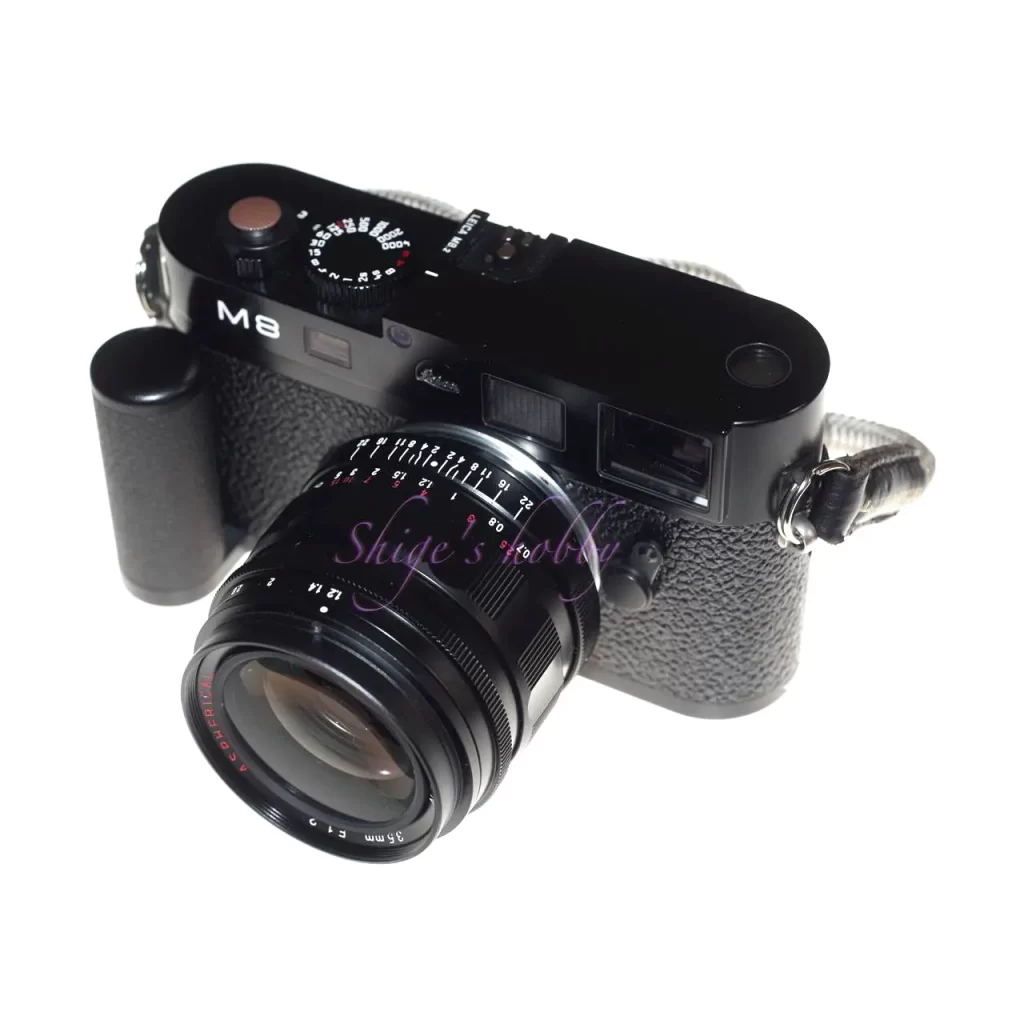
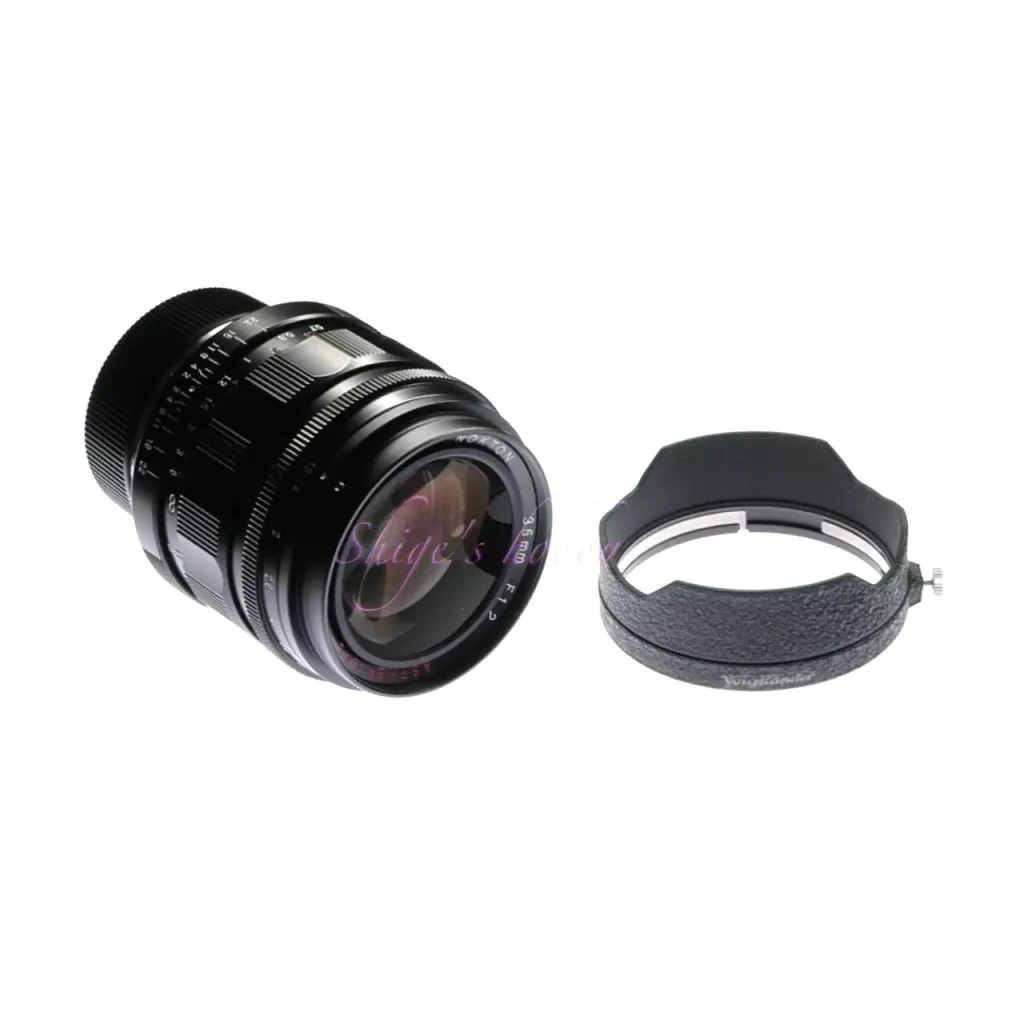
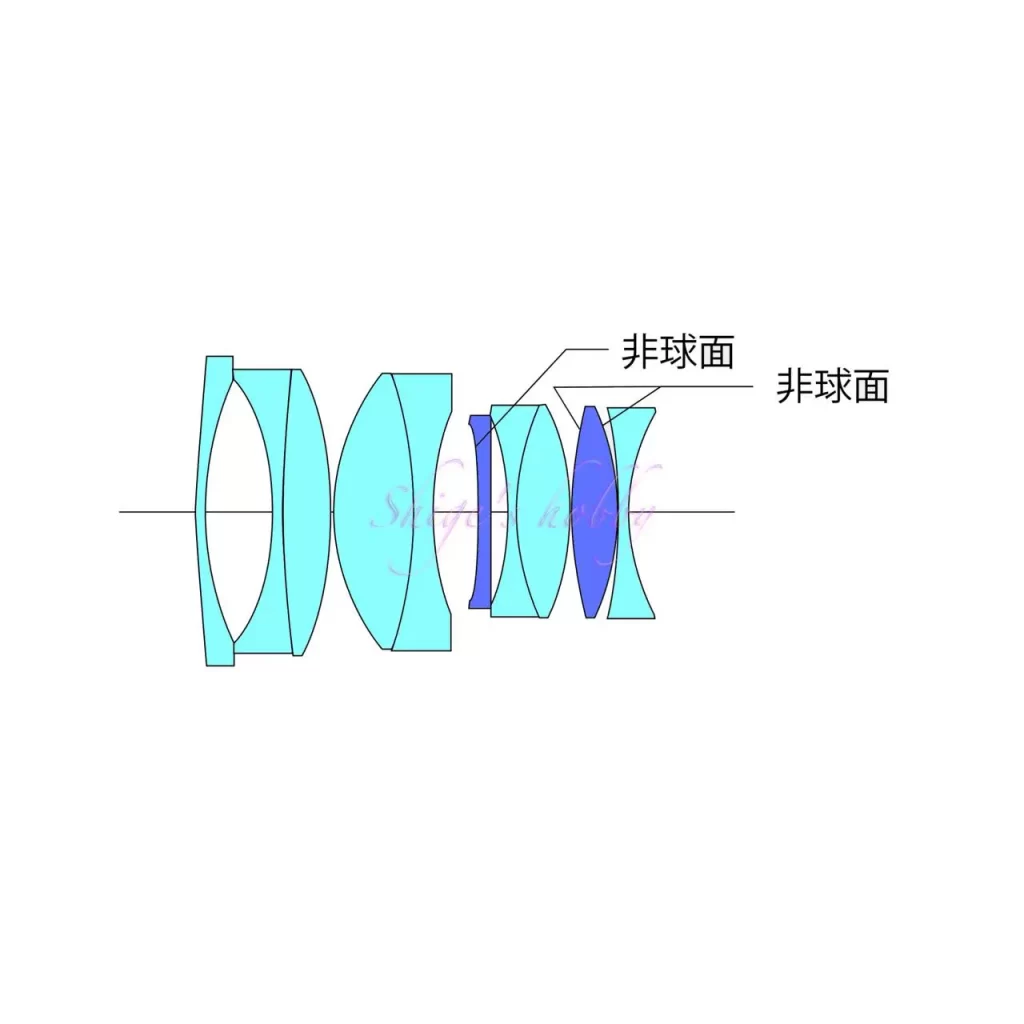
Lens configuration diagram is quoted from Cosina official PDF
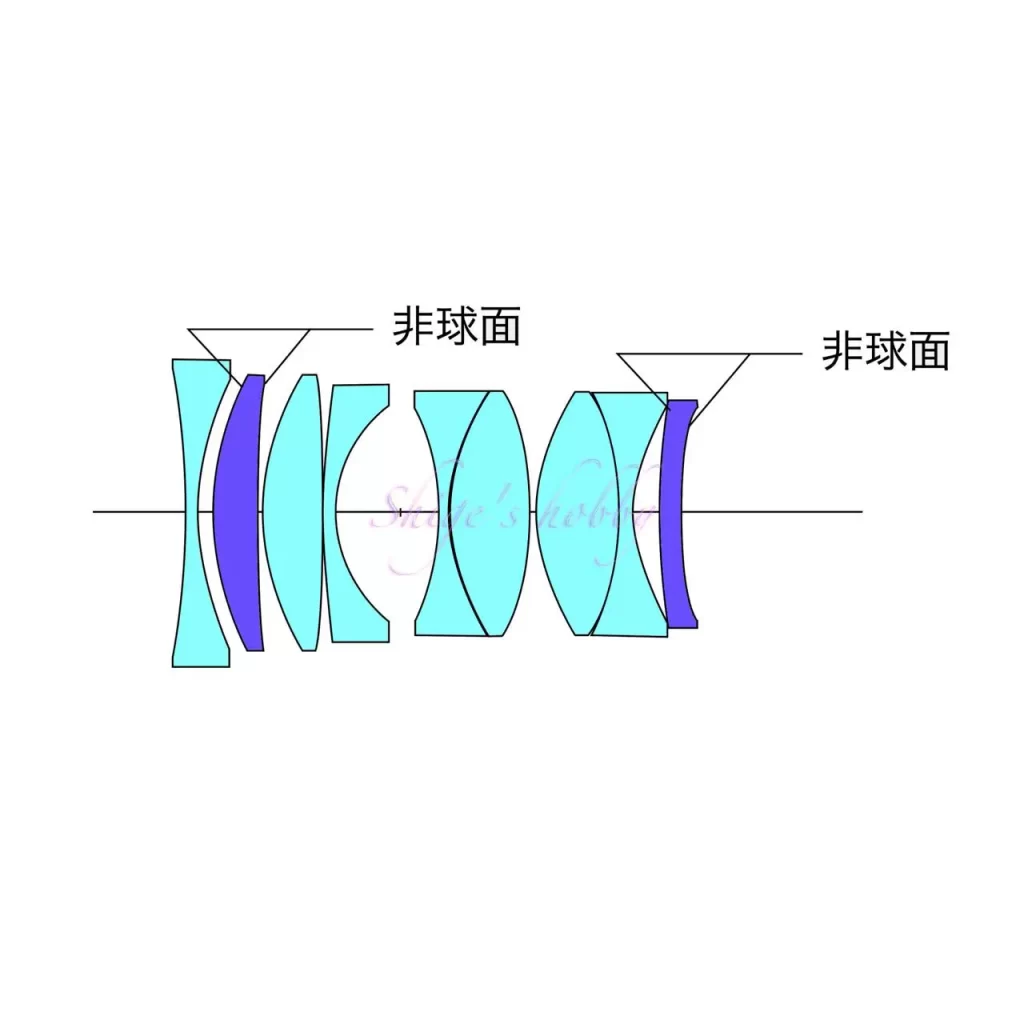
Lens configuration diagram is quoted from Cosina official PDF
Specification
| Items | NOKTON (1st) | NOKTON (2nd) | NOKTON (3rd) | NOKTON (SE) |
| Focal length(mm) | 35 | 35 | 35 | 35 |
| Max aperture | 1.2 | ← | ← | ← |
| Min aperture | 22 | ← | ← | ← |
| Leaf blade | 12 | ← | ← | ← |
| Lens Construction | 10elements 7groups | ← | 9elements 7groups | ← |
| Min distance(m) | 0.7 | 0.5 | ← | 0.3 |
| Lens length(mm) | 77.8 | 62 | 50.5 | 59.9 |
| Max diameter(mm) | 63 | 60.8 | 60.8 | 66.5 |
| Filter Size(mm) | 52 | ← | ← | 58 |
| Hood | LH-3 | LH-8 | ← | – |
| Weight(g) | 490 | 470 | 332 | 387 |
| Lens mount | VM | ← | ← | FE |
| Release date | 2003 End of production | 2011 End of production | 2020.3.26 | 2020.5.27 2023.1 End of production |
| Price(Yen/No-tax) | 135,000- | 137,500 | 135,000 | 115,000 |
Reference links
- COSINA product PDF (Nocton 35mm)
- Leica lenses around the world Part 3/amazon affiliate link
- NOKTON 35mm F1.2 Silver Release Information/Digital Camera Watch
- NOKTON 35mm F1.2 2 type release information/digital camera watch
- NOKTON 35mm F1.2 first generation Yodobashi Camera
Update history
- 2024.04.20
Affiliate link
- Some external links are advertisements, and clicking them may generate income for the site administrator. I would appreciate your understanding and cooperation in maintaining my page.
